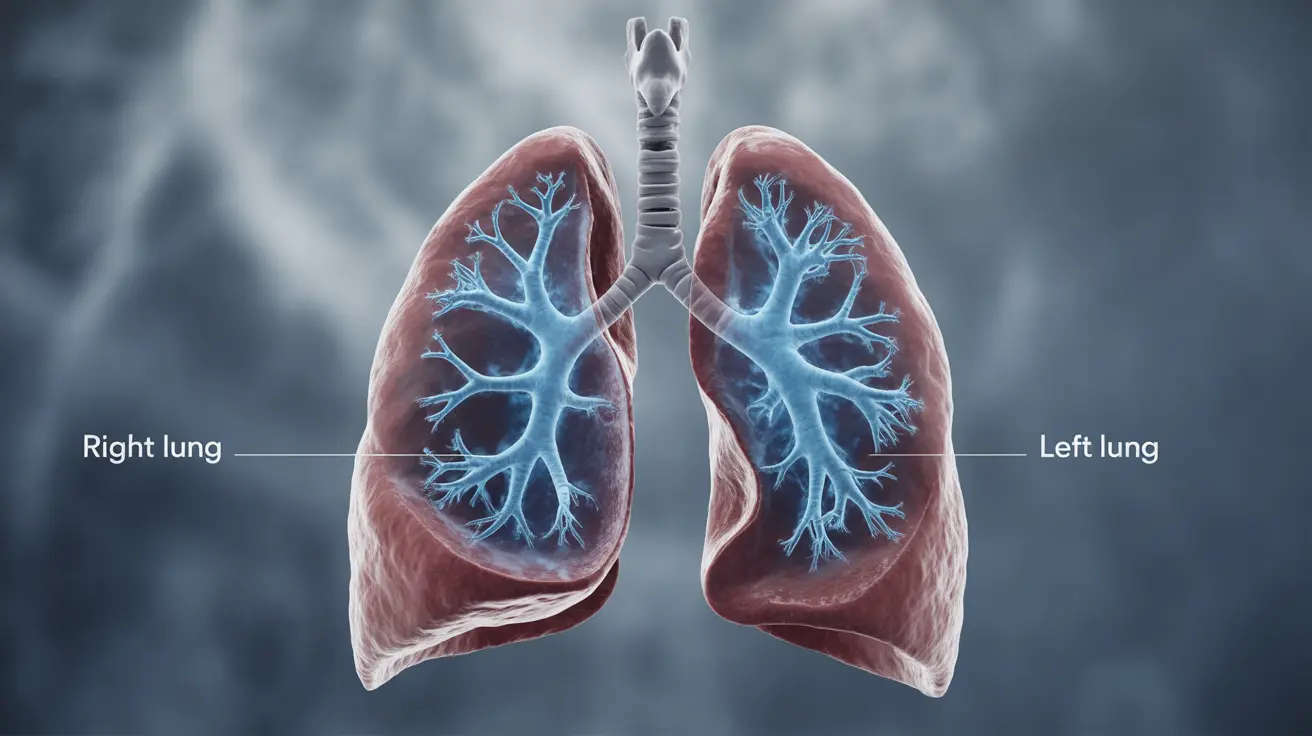Flash pulmonary edema is a serious and potentially life-threatening condition that requires immediate medical attention. This acute form of pulmonary edema develops rapidly, causing sudden fluid accumulation in the lungs that can severely impact breathing and oxygen levels. Understanding its causes, symptoms, and treatment options is crucial for both patients at risk and their caregivers.
While regular pulmonary edema may develop gradually, flash pulmonary edema is distinguished by its sudden onset and severity, often occurring within minutes or hours. This medical emergency demands swift recognition and intervention to prevent potentially devastating outcomes.
Causes and Risk Factors
Flash pulmonary edema typically occurs due to acute cardiovascular problems that cause rapid fluid buildup in the lungs. The primary underlying causes include:
- Severe heart failure
- Acute coronary syndrome
- Severe hypertension (high blood pressure)
- Kidney failure
- Valve disorders
Certain individuals face higher risk factors for developing this condition:
- People with existing heart conditions
- Those with chronic high blood pressure
- Individuals with kidney disease
- Older adults
- People with a history of heart attacks
Recognizing the Warning Signs
The symptoms of flash pulmonary edema develop suddenly and can be extremely distressing. Key indicators include:
- Severe shortness of breath
- Anxiety and restlessness
- Coughing up pink, frothy sputum
- Chest pain or tightness
- Rapid, labored breathing
- Blue-tinted lips or nail beds
- Excessive sweating
- Confusion or disorientation
Emergency Treatment Approaches
When flash pulmonary edema occurs, immediate medical intervention is essential. Treatment typically involves:
Immediate Interventions
- Supplemental oxygen therapy
- Positioning the patient upright
- Administration of diuretics
- Nitrate medications to reduce cardiac workload
Secondary Management
- Blood pressure control
- Heart rhythm monitoring
- Treatment of underlying conditions
- Mechanical ventilation if necessary
Prevention Strategies
While not all cases can be prevented, several strategies can help reduce the risk of flash pulmonary edema:
- Regular monitoring of blood pressure
- Strict adherence to heart medications
- Dietary sodium restriction
- Regular medical check-ups
- Weight management
- Smoking cessation
- Stress reduction
Long-term Management
After experiencing flash pulmonary edema, ongoing care and monitoring are crucial for preventing future episodes. This includes:
- Regular cardiology follow-up
- Medication compliance
- Lifestyle modifications
- Heart function monitoring
- Risk factor management
Frequently Asked Questions
What causes flash pulmonary edema and who is most at risk of developing it?
Flash pulmonary edema is primarily caused by sudden cardiac problems that lead to rapid fluid accumulation in the lungs. People with existing heart conditions, high blood pressure, kidney disease, and older adults are at highest risk. The condition can be triggered by severe hypertension, heart attacks, or valve problems.
What are the sudden symptoms that indicate someone might be experiencing flash pulmonary edema?
Key symptoms include severe and sudden shortness of breath, anxiety, coughing up pink frothy sputum, chest pain, rapid breathing, and confusion. These symptoms typically develop within minutes to hours and require immediate emergency medical attention.
How is flash pulmonary edema treated in an emergency setting to quickly improve breathing?
Emergency treatment includes immediate oxygen therapy, positioning the patient upright, administering diuretics to remove excess fluid, and medications like nitrates to reduce heart strain. Some patients may require mechanical ventilation support.
Can flash pulmonary edema be prevented, especially in people with heart disease or high blood pressure?
While not all cases can be prevented, risk can be reduced through careful blood pressure monitoring, medication compliance, dietary sodium restriction, and regular medical check-ups. Lifestyle modifications such as weight management and smoking cessation are also important preventive measures.
What is the long-term outlook for someone who has had an episode of flash pulmonary edema?
The long-term outlook depends largely on the underlying cause and how well it can be managed. With proper medical care, lifestyle changes, and careful monitoring, many people can prevent future episodes. However, having experienced flash pulmonary edema indicates the need for ongoing cardiac care and risk management.




